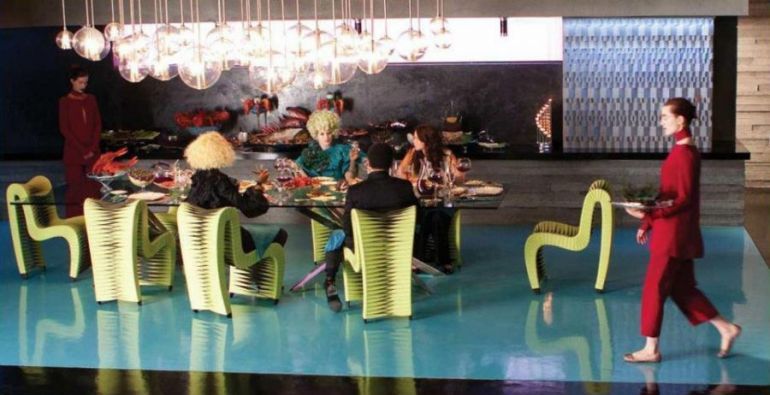 I sometimes doubt the realism of science fictional inequality. Why — and how — would the Capitol in “The Hunger Games” live in fabulous, high-tech luxury while the districts struggle in squalor? Wouldn’t the entire system work much better with at least a little more equality? Why would poverty persist in the world of “Minority Report,” when per capita income is said to be $400,000 a year?
I sometimes doubt the realism of science fictional inequality. Why — and how — would the Capitol in “The Hunger Games” live in fabulous, high-tech luxury while the districts struggle in squalor? Wouldn’t the entire system work much better with at least a little more equality? Why would poverty persist in the world of “Minority Report,” when per capita income is said to be $400,000 a year?
Equatorial Guinea, a small country on west coast of Africa, snaps me back to reality. With about 800,000 people and billions of dollars of oil and gas sales, the country had a healthy per capita income of $33,000 in 2015 — similar to European countries such as Spain or Italy. The ruling Obiang family could easily make citizens’ lives much better while still keeping huge wealth for themselves. That isn’t what has happened. As The Economist puts it,
While most of his citizens live on less than $2 a day, the older Mr Obiang once shelled out $55 million for a Boeing 737 with gold-plated lavatory fittings. His son had at one point amassed $300 million in assets, including 32 sports cars, a Malibu mansion and nearly $2 million in Michael Jackson memorabilia…. [The country’s] GDP expanded by an average of almost 40% per year between 1996 and 2006. But little wealth trickled down to the population. Though its GDP per head is the highest in Africa, over three-quarters of its population lives below the World Bank’s poverty line. Government spending on education and health lags far behind the sub-Saharan African average…. [Hospital] patients must bring their own sheets and share their rooms with rats.
Super-villainous societies are, alas, all too realistic.